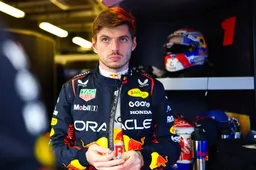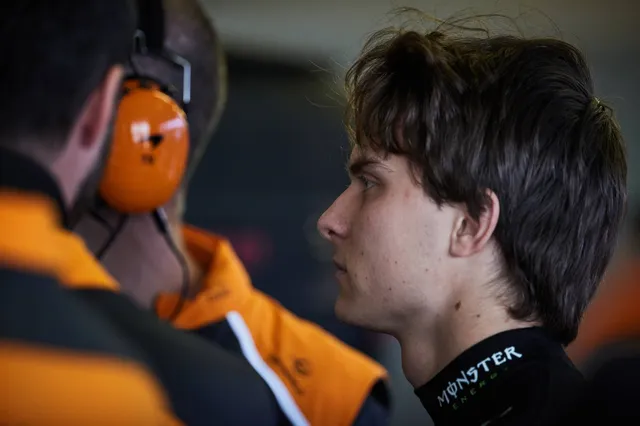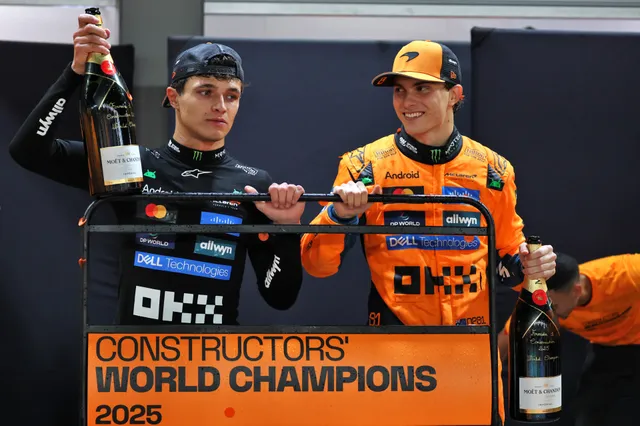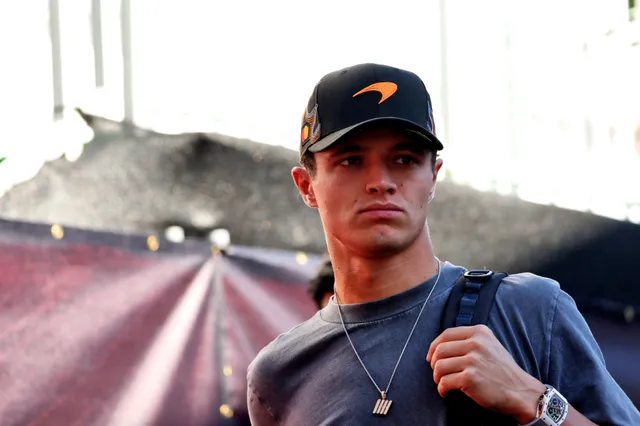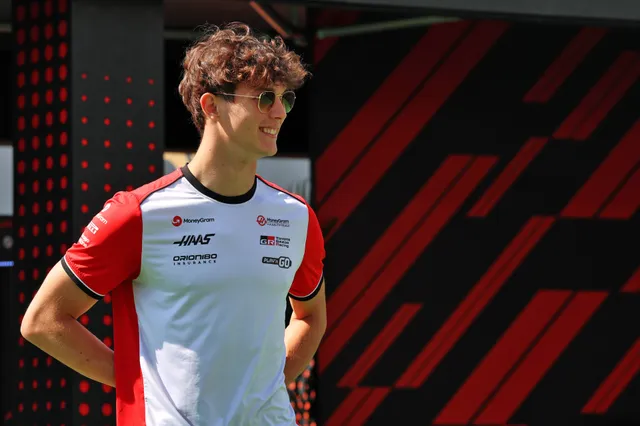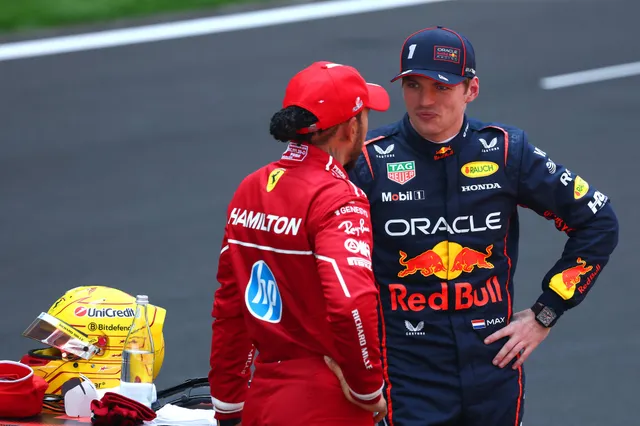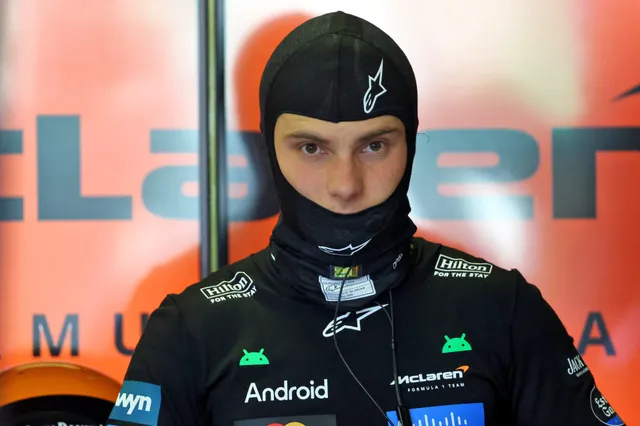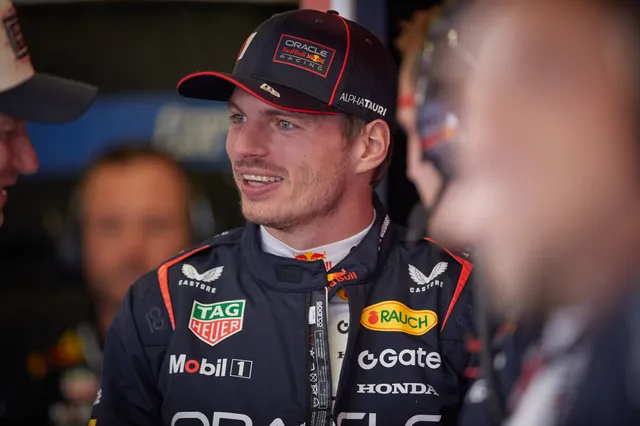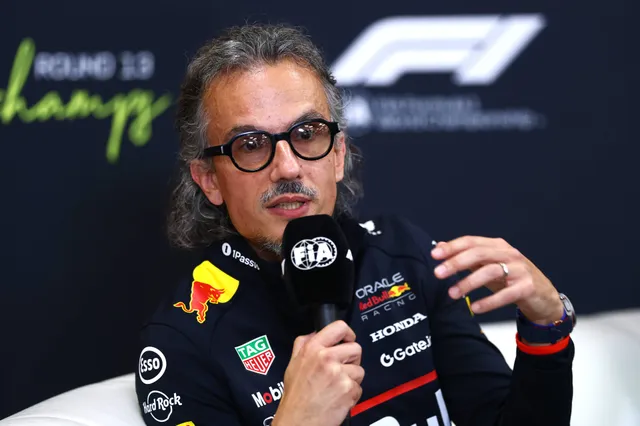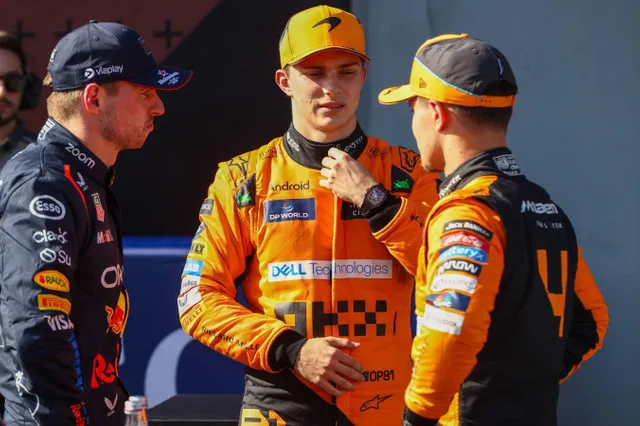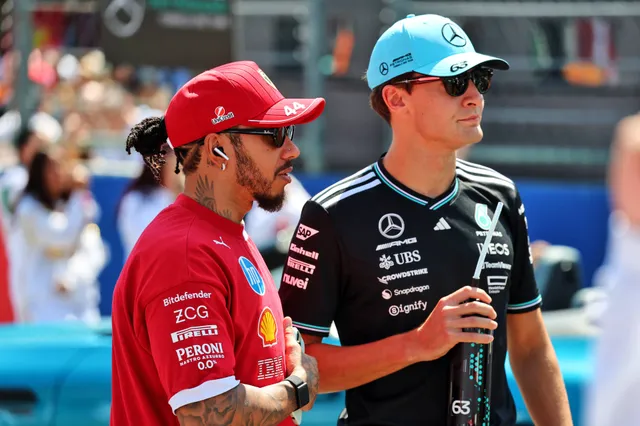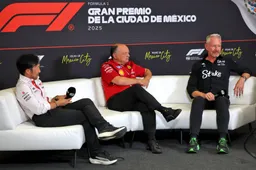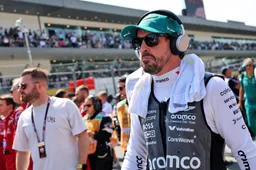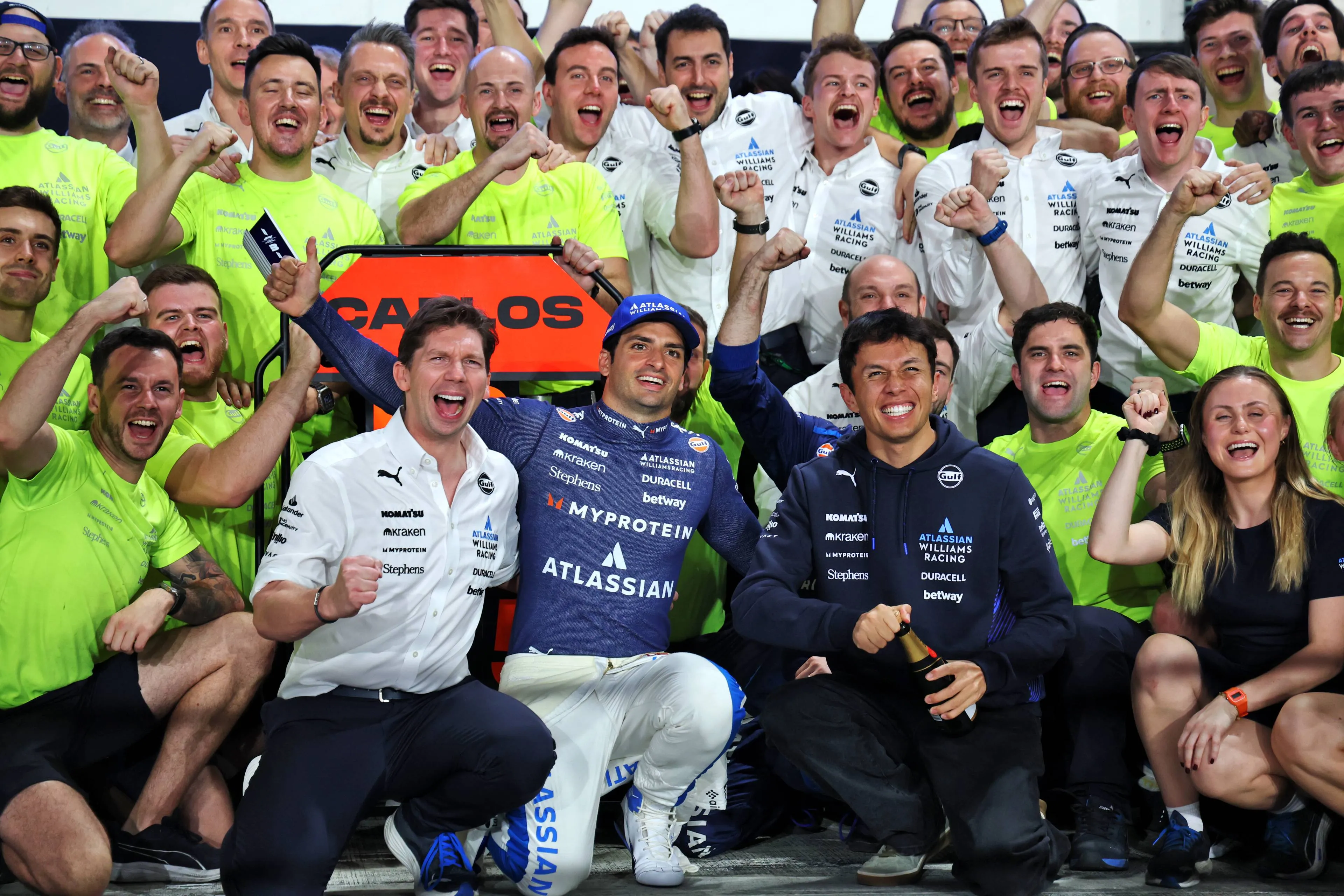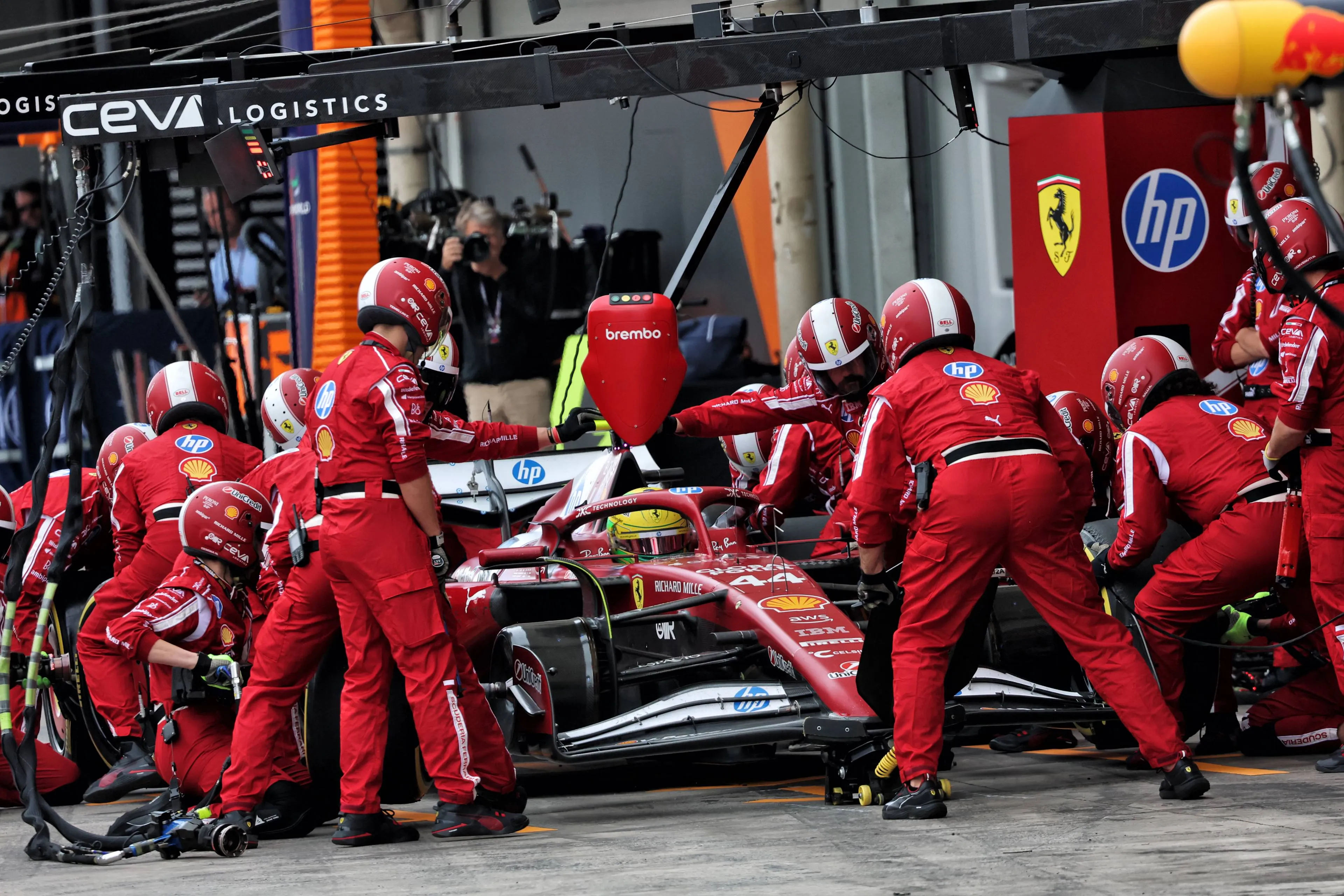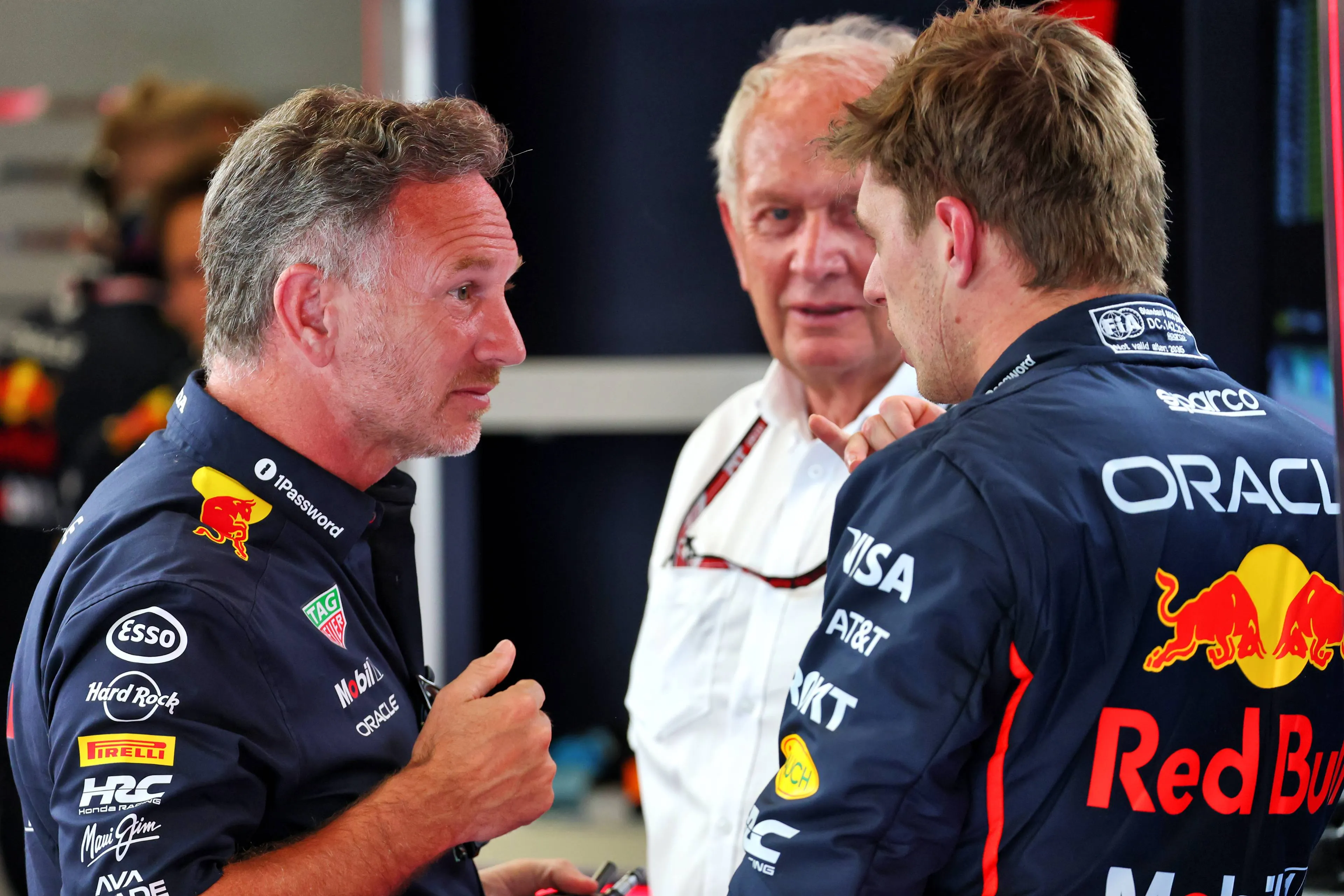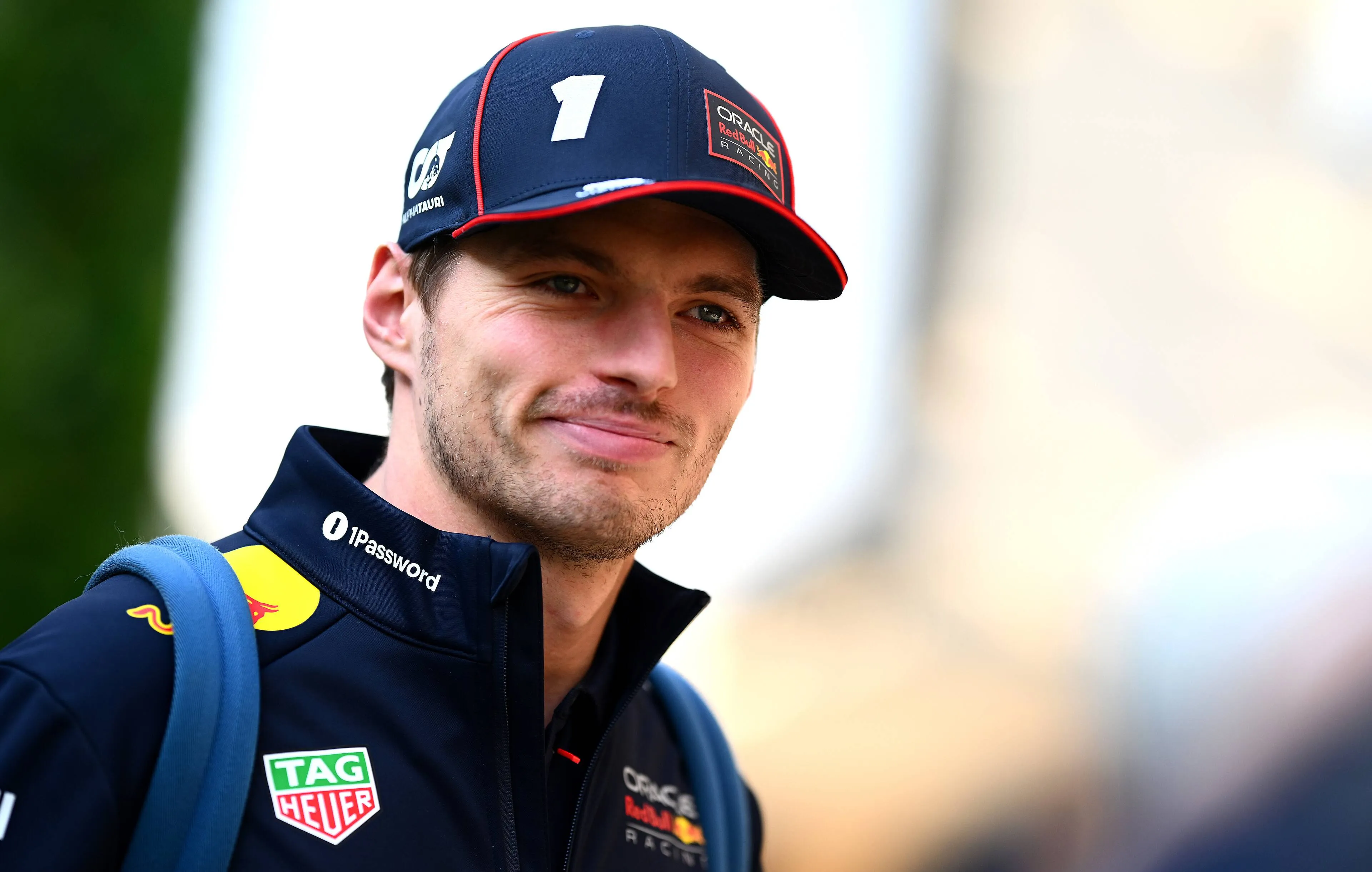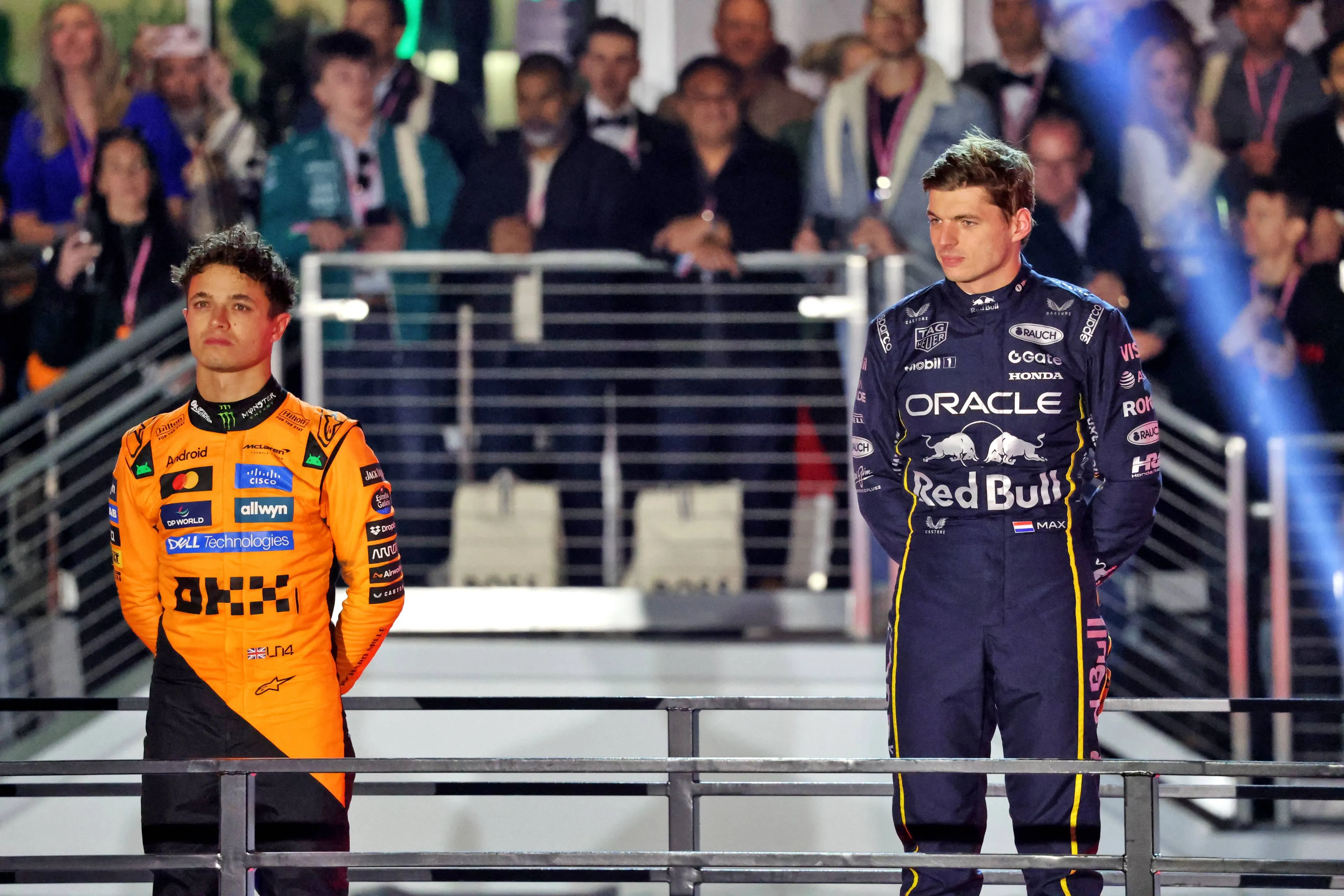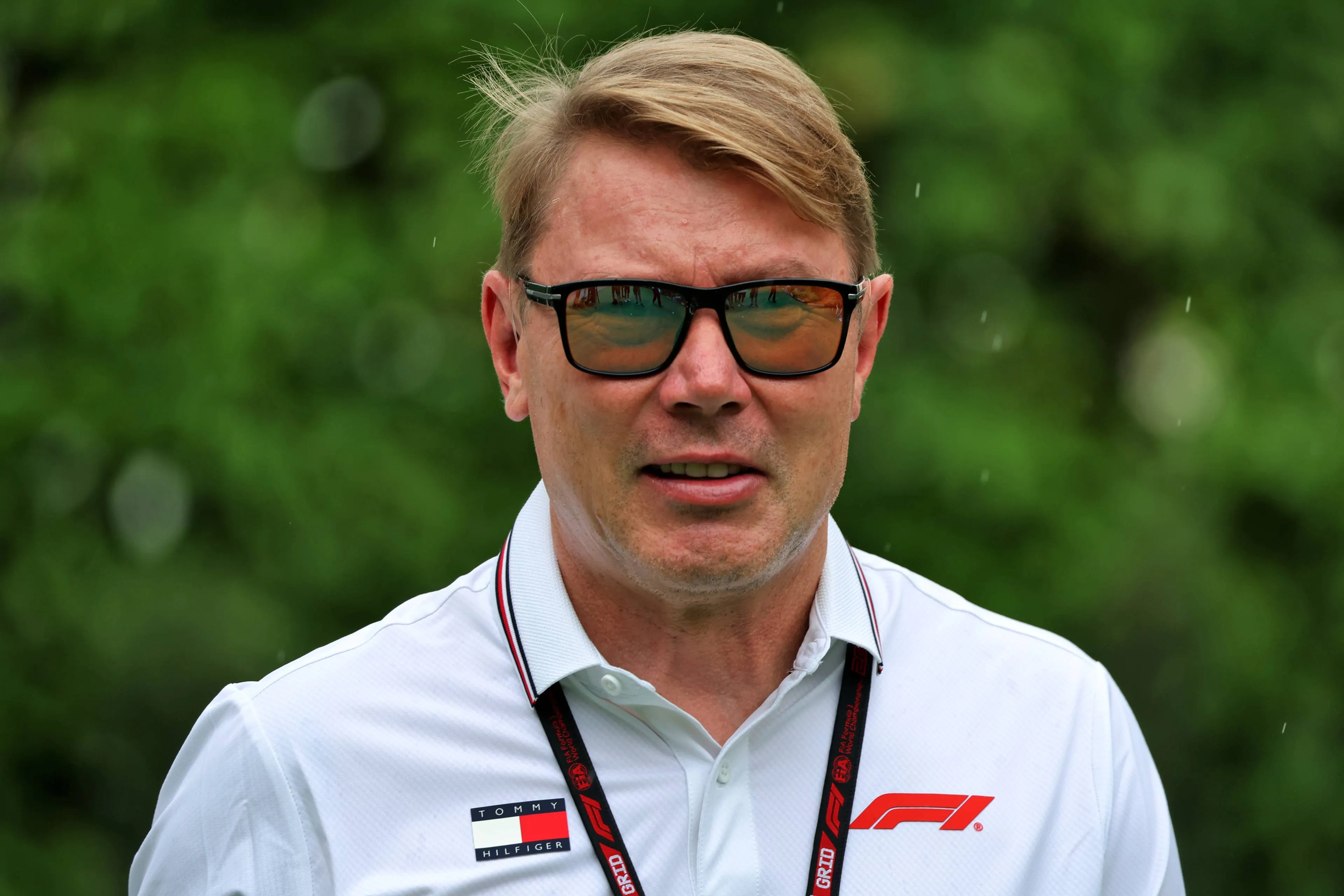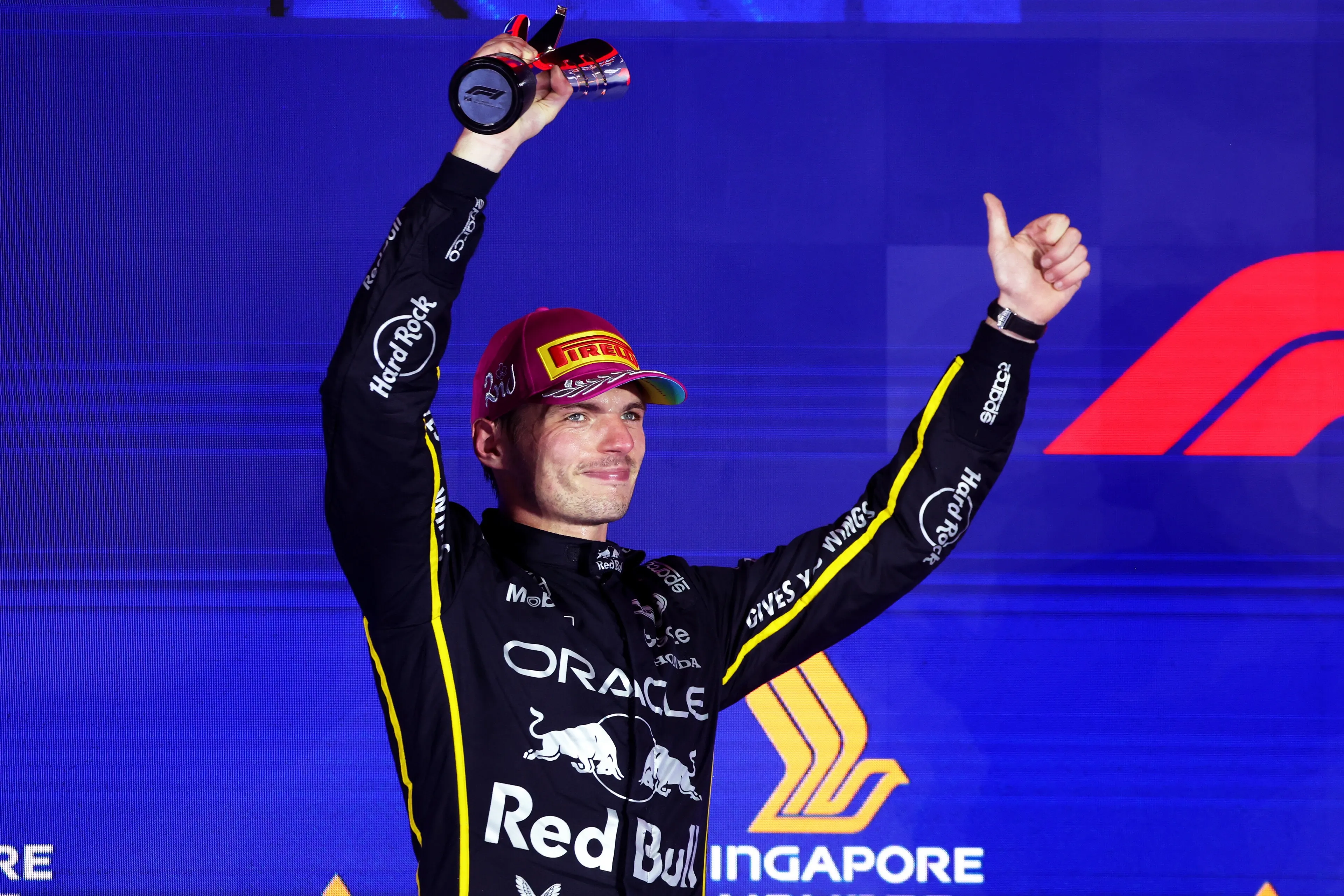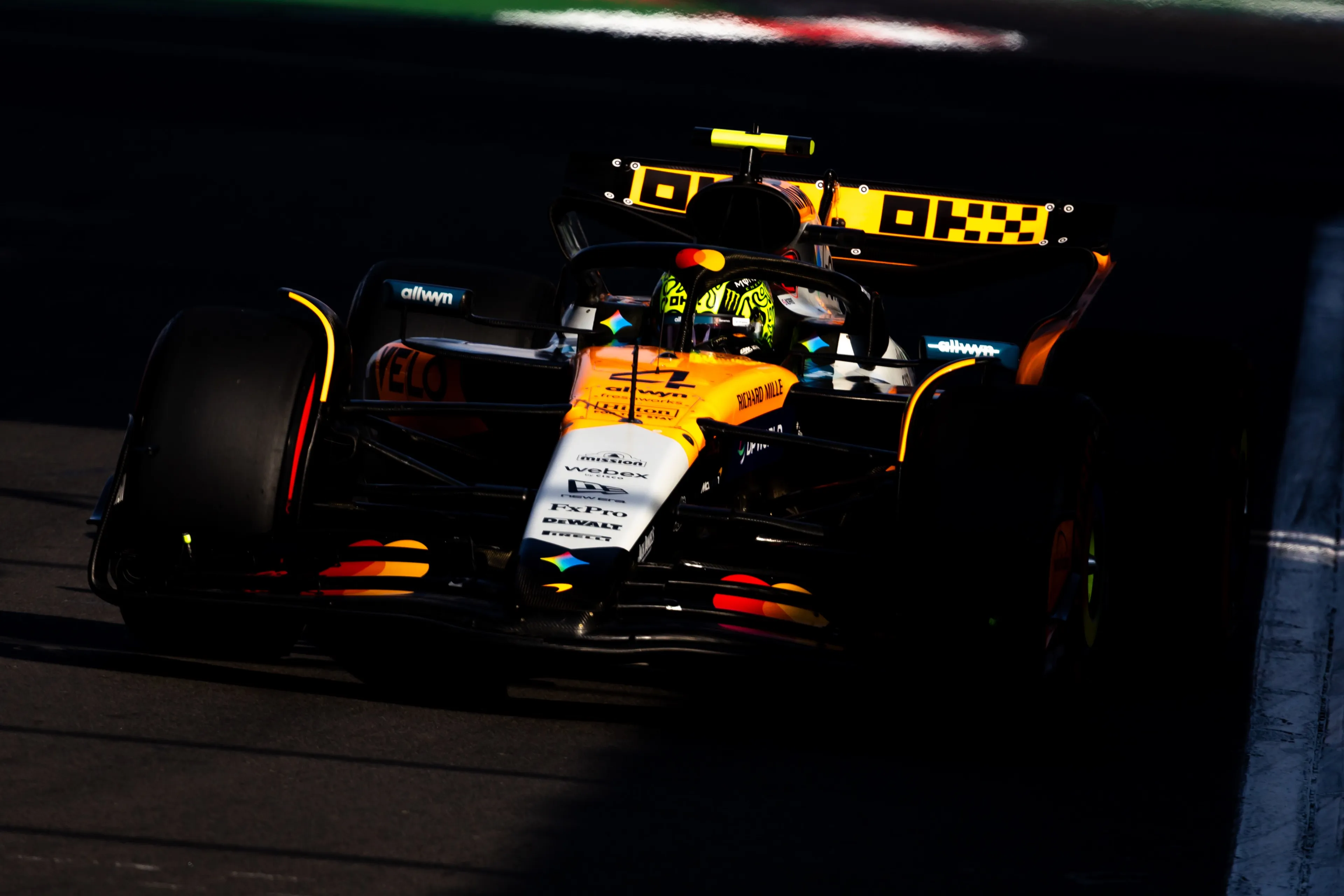
F1 Tech | What's behind McLaren's comeback after two months of struggles
McLaren’s Lando Norris came back to victory by dominating the Mexico Grand Prix, demonstrating that the MCL39 is still the fastest car in race pace conditions.
The Mexico Grand Prix weekend can clearly be named as one of the best weekends of Norris’ career, due to the absolute dominance he showed from the first lap of the weekend to the 71st lap of the race.
McLaren also found the competitiveness of the MCL39 back after some weeks of doubt. The disappointing performances expressed between Baku and Austin could have let people think that the MCL39 wasn’t a fast car anymore but the Autodromo Hermanos Rodriguez unique conditions and layout told a different story: the car still has a big advantage over competitors in terms of cooling and tyre management, especially on slippery surfaces and in hot conditions.
The performance shown during the Mexico GP weekend is also a big relief for the whole team, as they now know that, despite stopping the development of the car back at the end of July to focus on the 2026 car, their drivers can still fight for race wins and thus, for the Championship.
This aspect was also confirmed by Team Principal Andrea Stella after qualifying, when talking to the media: “After a few races in which we had some hesitations, possibly we didn't even maximise the potential that was available in the car, so here we really regrouped and we tried to make sure that we could optimise from a setup point of view, from a car specification point of view, to make it as fast as possible.”
Read also
A difficult Friday due to a nervous MCL39
From the technical point of view, McLaren arrived in Mexico with no upgrades on their car and also with a level of downforce very similar to the one adopted for the United States Grand Prix.
Another very interesting aspect was the dimension of the MCL39’s cooling system compared to that of the rivals’ cars: thanks to the very efficient design of the cooling underneath, McLaren’s engineers can run their car much closer and with smaller fins on the sides of the engine covers, without facing Power Unit issues.
Despite the lack of updates, the pace seemed quite competitive since FP1: the MCL39 was expressing a promising performance in the first sector, but was still sliding a lot through the second and third session on the soft tyre. In fact, due to the poor grip conditions, the surface tyre temperature increased corner after corner, leading Piastri to lose a good amount of time to Leclerc in the last portion of the lap.
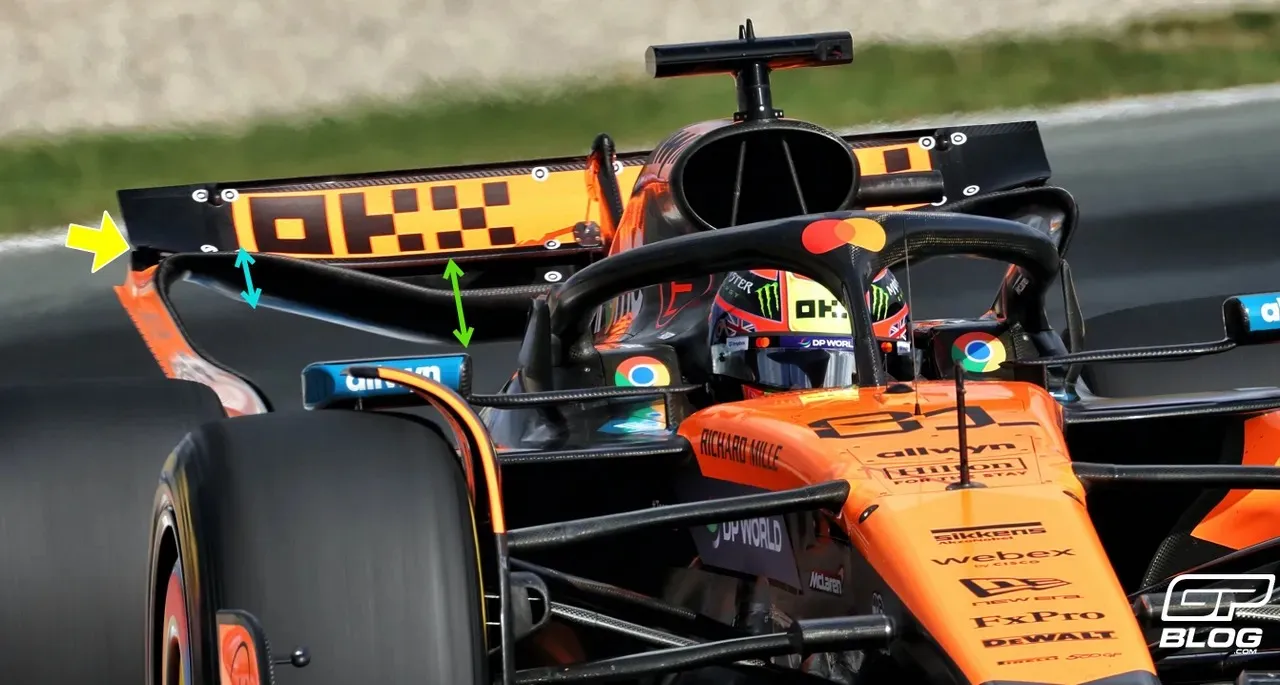
However, the scenario seemed to change in FP2, when Norris jumped in the car: the British driver looked much more confident in the car since the first few laps, despite the fact his nervous MCL39 was still sliding a lot through the high speed corners and in the traction phase.
As we’ve already seen during this season, in fact, one of McLaren’s car weaknesses lays in the front graining: to prevent it from appearing on the soft compound during long runs, the team decided to slightly shift the balance towards the front end, reducing the size of the rear wing and the beam wing, despite the thinner air and high altitude requirements.
This put the car ‘on the nose’ with low fuel load, forcing Norris and Piastri to control the sliding to prevent excessive overheat on the rear axle.
Despite these issues during the qualifying simulations, the MCL39 behaved way better in the long run simulations, especially in Norris’ hands, as he was the only one able to set an average of 1.21.8, almost 7 tenths faster than Verstappen. This kind of performance demonstrated the great superiority of the car in terms of tyre temperature management, an aspect that allowed McLaren to dominate many races during this season.
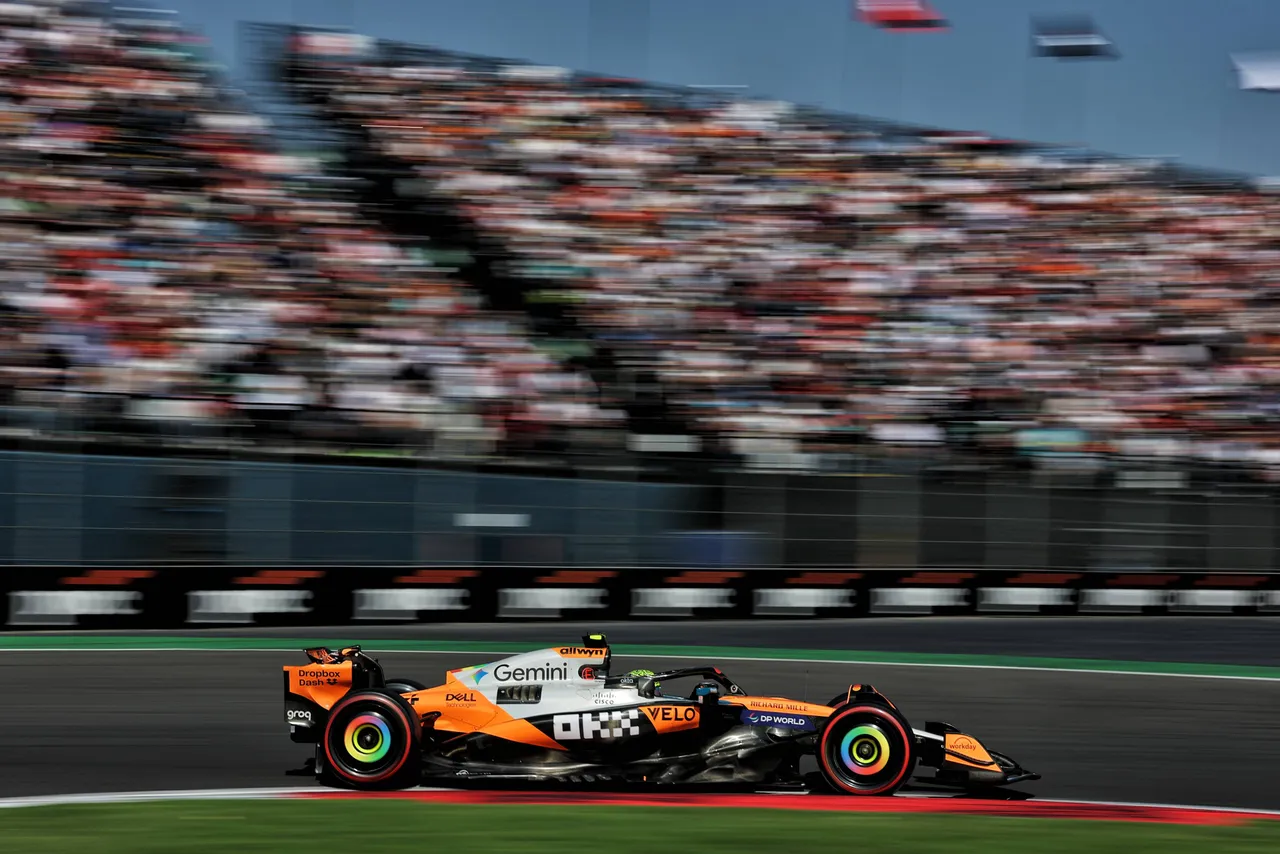
The pace shown in the qualifying simulations, however, didn’t seem convincing Norris, who expressed his disappointment in the usual post practice interview: “Balance of the car is a just a bit all over the place. Same of last few weeks, just single lap stuff, we’re struggling at the minute. We’re working hard, so let’s see what we can do and what we can find.”
On the other hand, Piastri used the day more as an experiment, to try different things and understand why he didn’t perform to his teammate's level during the last few rounds: “I think we tried a lot of things, we’ll go through and have a look at what worked what didn’t but overall I felt reasonable.”
Read also
For Saturday’s FP3 the balance and the set-up of the car seemed to have evolved in the right way: both Norris and Piastri seemed much more confident in the MCL39 over the single lap and were able to push hard in all three sectors, without having to worry about the tyre temperature issues.
The pace exhibited the great work done by the team overnight: to make the car stronger in the third sector, they adopted a softer mechanical set-up on the longitudinal axle, allowing Norris and Piastri to have a better mechanical grip in slow speed corners and a better traction out of turn 17.
Moreover, they lowered the car to extract the maximum performance available from the Venturi channels, which unlocked more performance in terms of downforce generated in the second sector, where Norris in particular was able to make a big difference compared to Piastri.
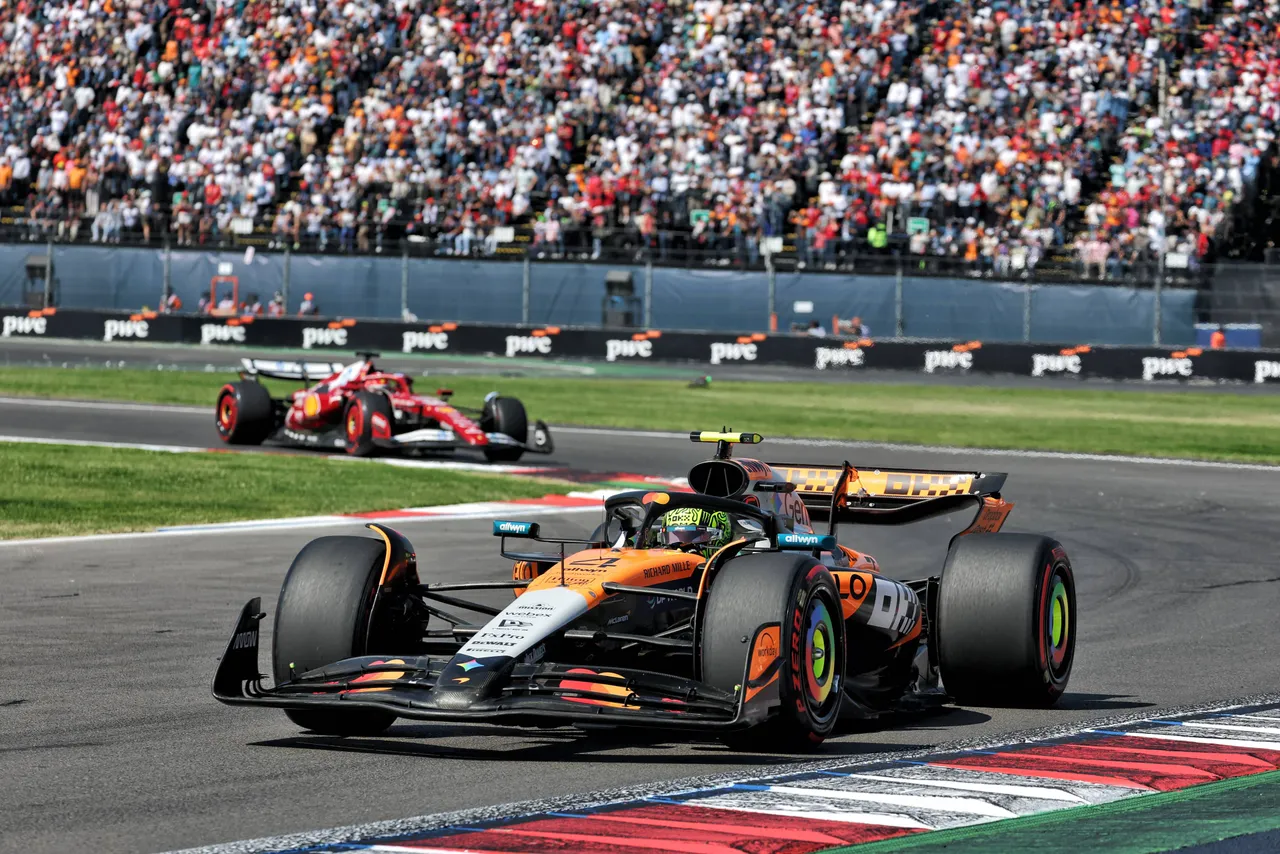
These changes in the set up allowed Norris to feel much more confident with the car and top the final practice session, with an impressive three and a half tenths gap over Hamilton in P2 and six-tenths ahead of his teammate in P5.
The performance didn’t change in qualifying either: after Leclerc took provisional pole during his first lap in Q3, Norris managed to stay cool and went on to set a phenomenal 1.15.586, with a gap of 2 and a half tenths to the Ferrari driver in P2.
However, after qualifying, the McLaren driver expressed an important concern related to the drivability of the MCL39: “The car is incredibly quick, but it's not easy to drive. I think we both complained of that as drivers, but when you just get in that little bit of a rhythm, it's flying, and that’s where I was today.”
Read also
By contrast, in fact, teammate Oscar Piastri really struggled in qualifying, and managed to get only to 8th place, almost 6 tenths behind Norris. The Australian seemed to struggle in controlling the car in low grip conditions, as it had already happened on tracks like Monaco and Baku during this season.
After such a positive performance, the biggest worry for Norris concerned the start of the race: with an 800 meters straight before turn 1, the pole-sitter is often the one who loses out the most in Mexico and the Britain had more to lose than Hamilton and Leclerc, due to his position in the Championship.
However, he managed to emerge from Turn 3 in first position. From that moment onwards, he controlled the pace, ending the race with a phenomenal 32 seconds of advantage over Leclerc in P2.
The pace shown when the tyres started to wear proved that the MCL39’s tyre management is still the benchmark for all other teams, especially on such unforgiving track for the tyres.
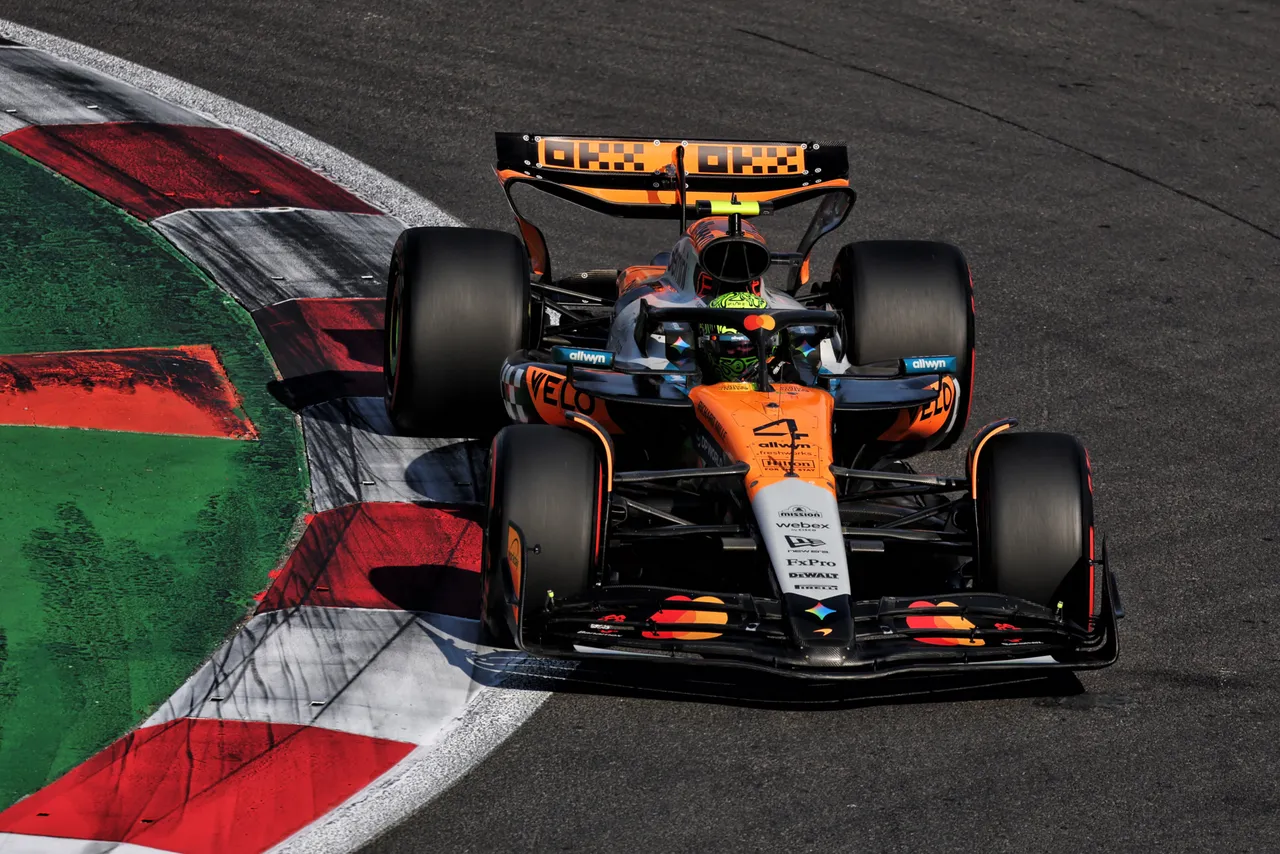
Andrea Stella described his driver’s performance in the post race interviews as follows: “He was able to capitalise on the performance and the strength of the car. In a way, these special low grip conditions, they fit perfectly. His natural way of extracting lap time, which is almost like opposite to Oscar's characteristics.”
The great performance shown by Norris is the clear demonstration that the MCL39 has found its optimal window in favourable conditions: the hot temperature and the high tyre wear caused by slippery conditions exploited the car’s strength in tyre management, coupled with an optimal performance in qualifying.
On the other hand, Piastri’s struggles in the last few rounds underlined that he probably struggles more than Norris on such low grip layouts like COTA and Mexico and for him the next round in Brazil will represent an optimal opportunity to come back to the top positions.
Read also
Popular on GPBlog
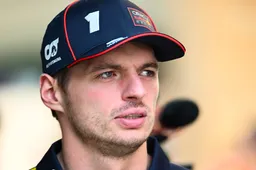
Verstappen makes the switch to Mercedes and is therefore in Portugal

Button's 'wish' comes true! Alonso will become father in 2026
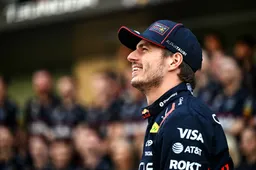
Hill: 'Hamilton on his way out, Verstappen is now the F1 grid's target'
